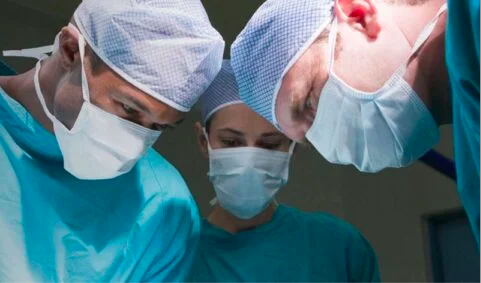Surgery | Common Surgical Conditions | Peripheral Vascular Disease: Varicose Veins



Peripheral Vascular Disease: Varicose Veins
Session Overview
Description
This session covers essential information on varicose veins required to pass the MRCS examination. It also provides the essential knowledge and skills required for Core trainees in their day-to-day practice.
Learning Objectives
By the end of this session you should be able to:
- Define the varicose veins and understand the aetiology and pathophysiology of varicose veins
- Assess the patient with varicose veins
- Formulate the investigations for the varicose veins
- Discuss the treatment options
- Apply NICE guidelines in decision making
Prerequisites
Before commencing this session you should have a:
- A basic knowledge of lower limb venous drainage
- Familiarity of assessing the arterial blood supply of lower limbs
This session covers essential information on varicose veins required to pass the MRCS examination.
It also provides the essential knowledge and skills required for Core trainees and early years of Specialty trainees in their day-to-day practice.
The treatment options will be discussed but the technical aspects of treatment are beyond the scope of this session.
Varicose veins are defined as dilated tortuous veins with reversed blood flow. The prevalence of varicose veins is predicted to be around 20-33% in the United Kingdom [1](read details regarding the reference), [2](read details regarding the reference). Most of these are either asymptomatic or will have only mild symptoms. About 3-6% of the patients with varicose veins develop venous ulcers [2](read details regarding the reference) which equates the prevalence of chronic venous ulceration is between 0.1%-0.3% in the UK [1](read details regarding the reference).
- Recruiting & retaining GPs for your practice
- Posted By HealthcareLink e-Learning
- Posted Date: 2025-03-11
- Location:Online
- This 15mins quick course will give you tips and guides on how to go about recruiting and retaining G...
- Anaesthesia Fundamentals | Physiology | Pulmonary ...
- Posted By eIntegrity Healthcare e-Learning
- Posted Date: 2025-03-11
- Location:Online
- This session provides an insight into the anatomy, physiology and regulation of pulmonary blood flow and its uneven distribution.
- Anaesthesia Fundamentals | Physiology | Coronary C...
- Posted By eIntegrity Healthcare e-Learning
- Posted Date: 2025-03-11
- Location:Online
- This session provides an overview of the functional anatomy and physiology of the coronary circulation during the cardiac cycle. It describes the different phases and regulatory mechanisms of coronary blood flow.
- Anaesthesia Fundamentals | Physiology | Peripheral...
- Posted By eIntegrity Healthcare e-Learning
- Posted Date: 2025-03-11
- Location:Online
- This session outlines the physiology of the vasculature, describes the role of the vascular endothelium and the determinants of vascular resistance, explains how the microvascular forces affect exchange of fluids, nutrients and metabolites and describes t
- Anaesthesia Fundamentals | Physiology | Control of...
- Posted By eIntegrity Healthcare e-Learning
- Posted Date: 2025-03-11
- Location:Online
- This session describes the determinants of systemic blood pressure, including physical, neurological, vasomotor and hormonal regulation, and the role of the kidney in blood pressure control.


